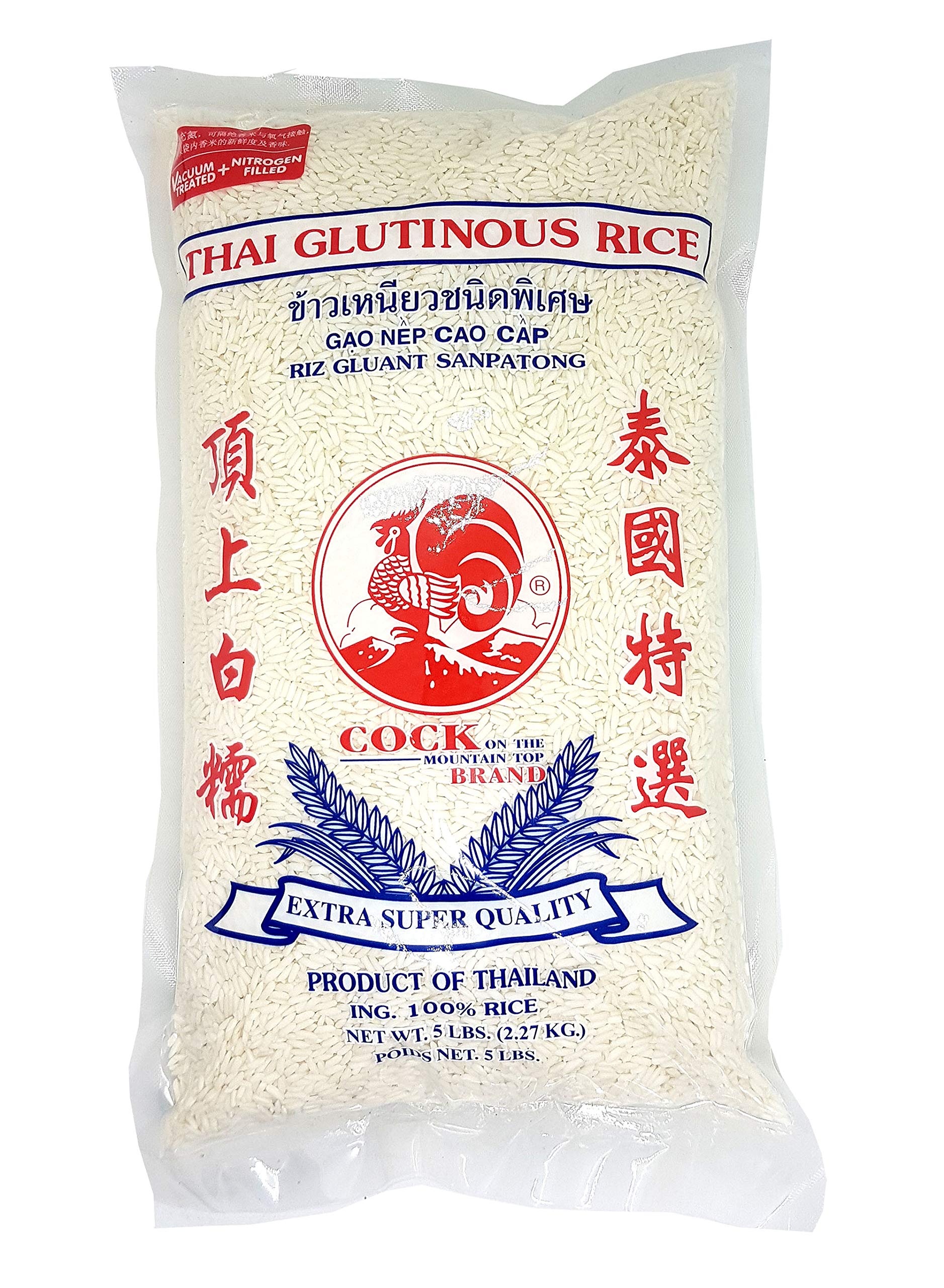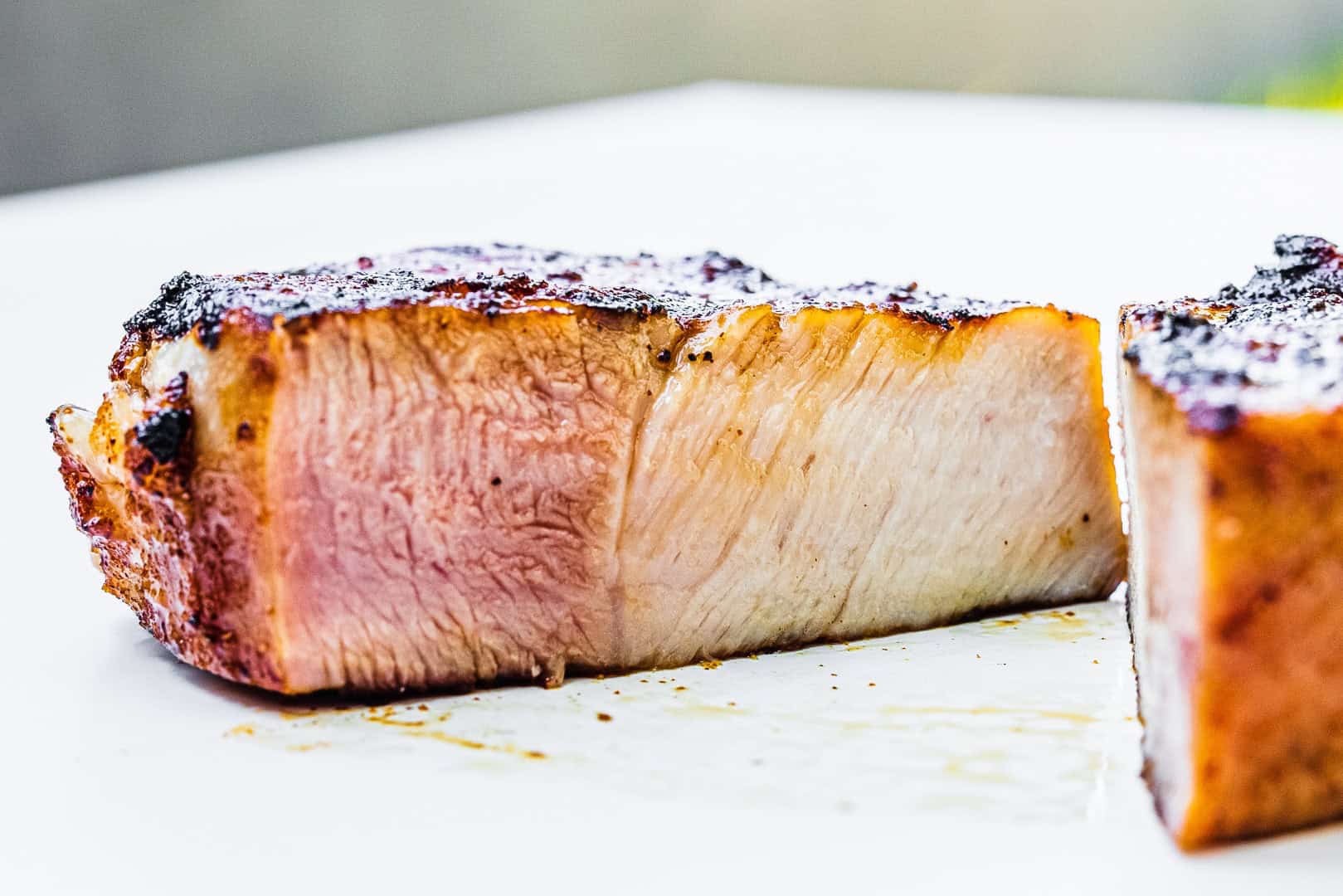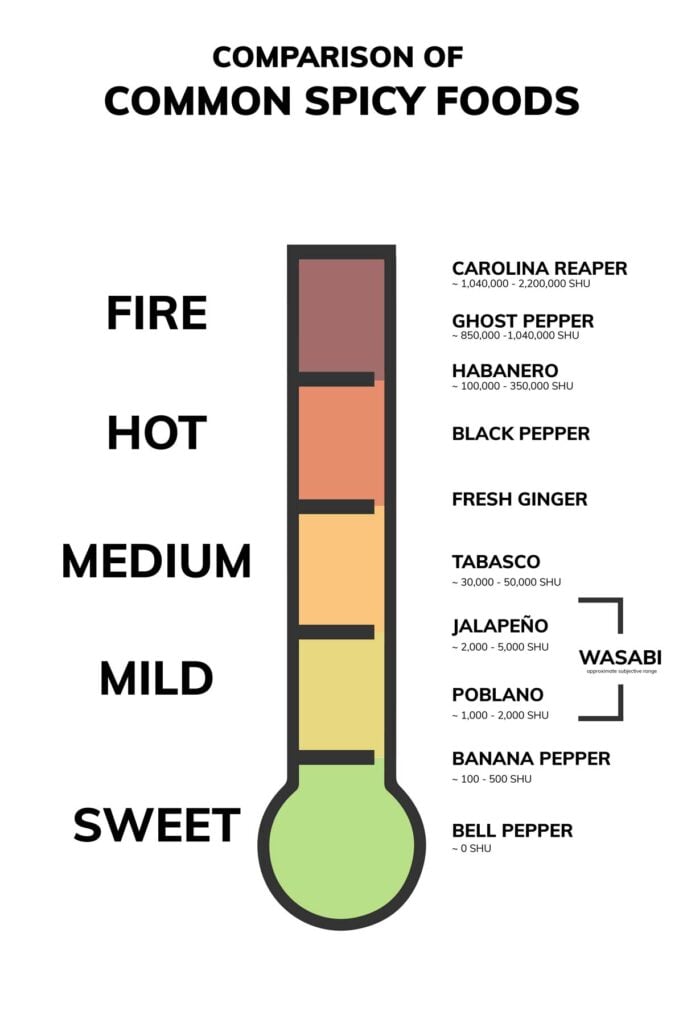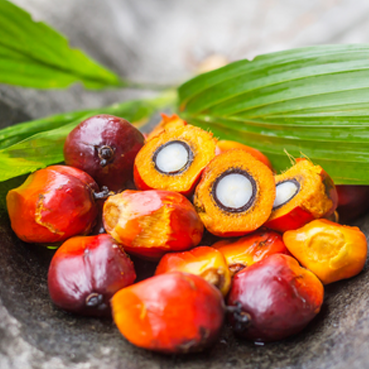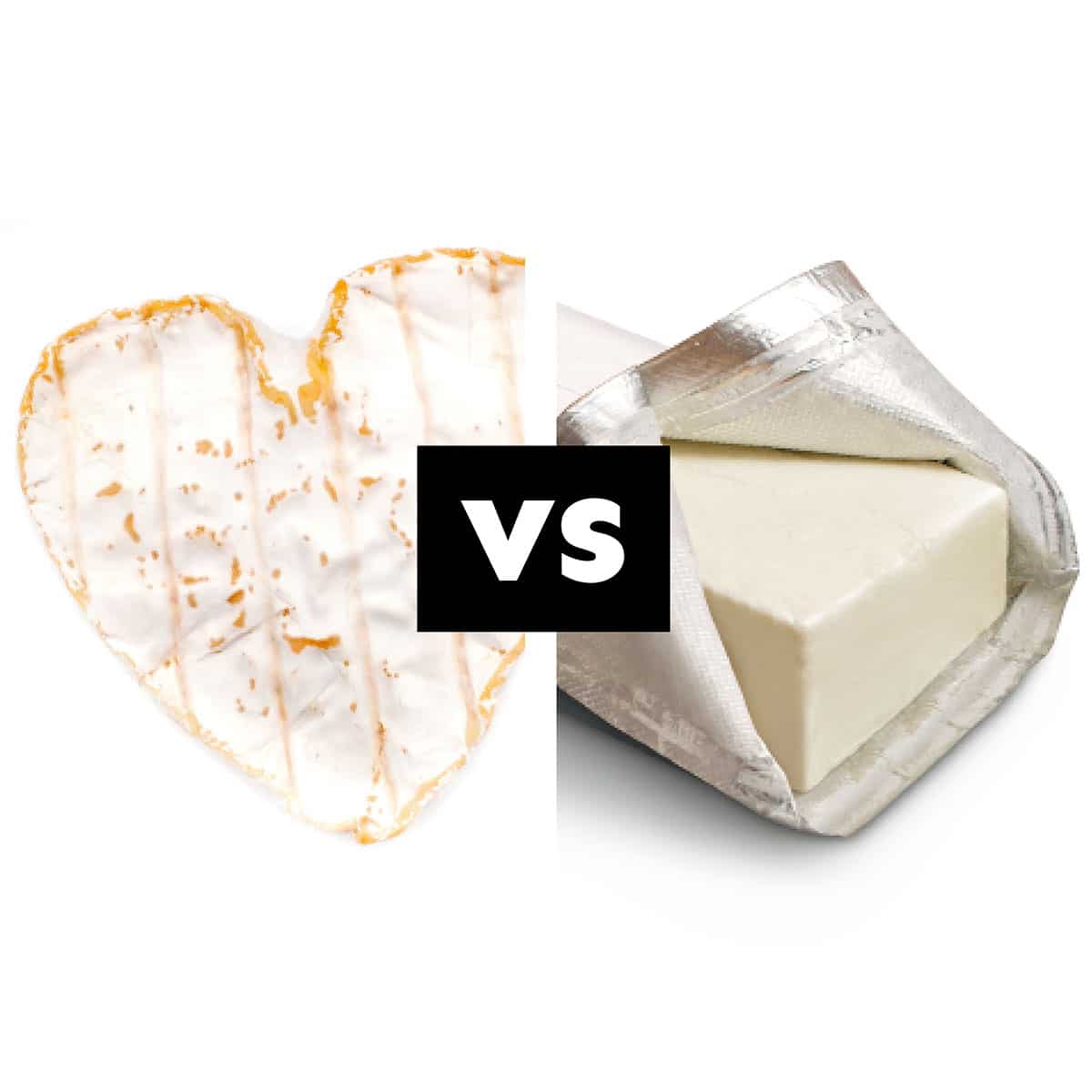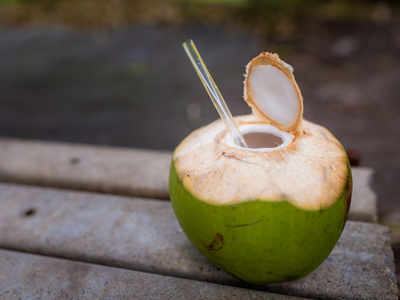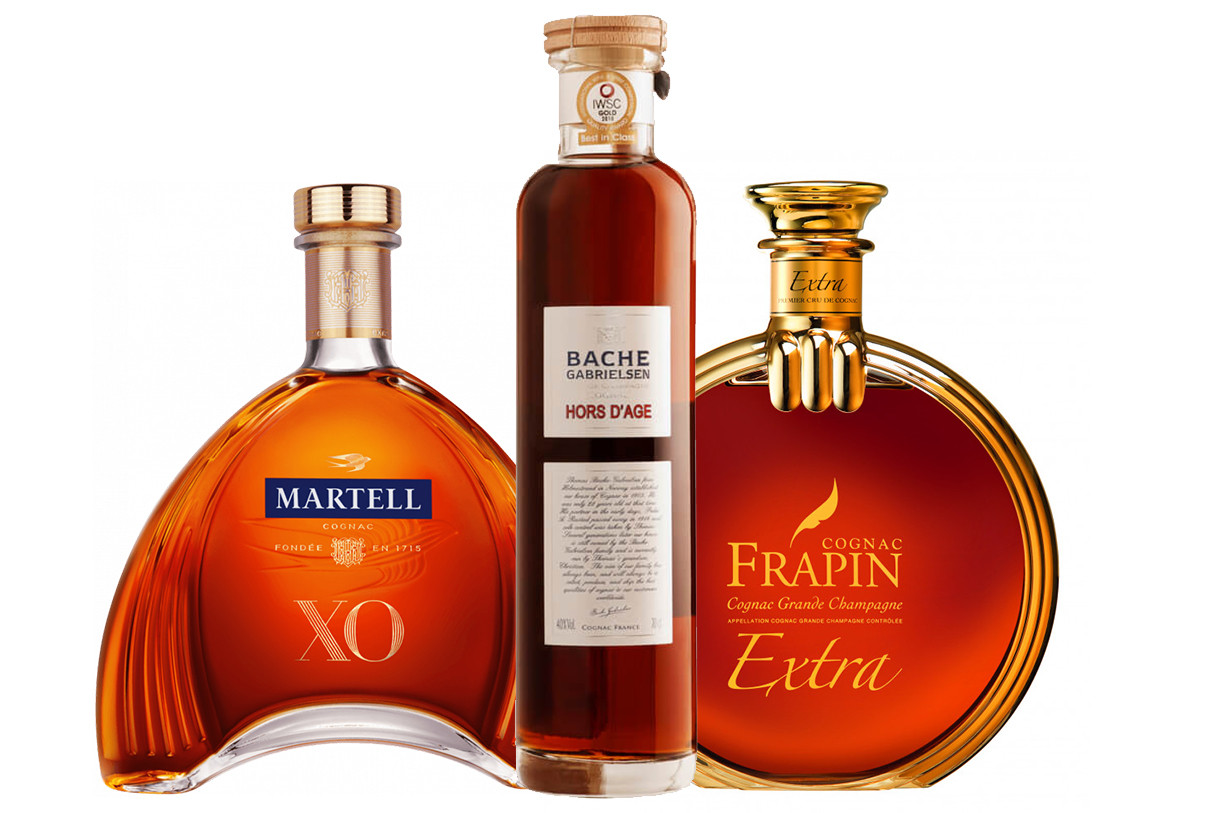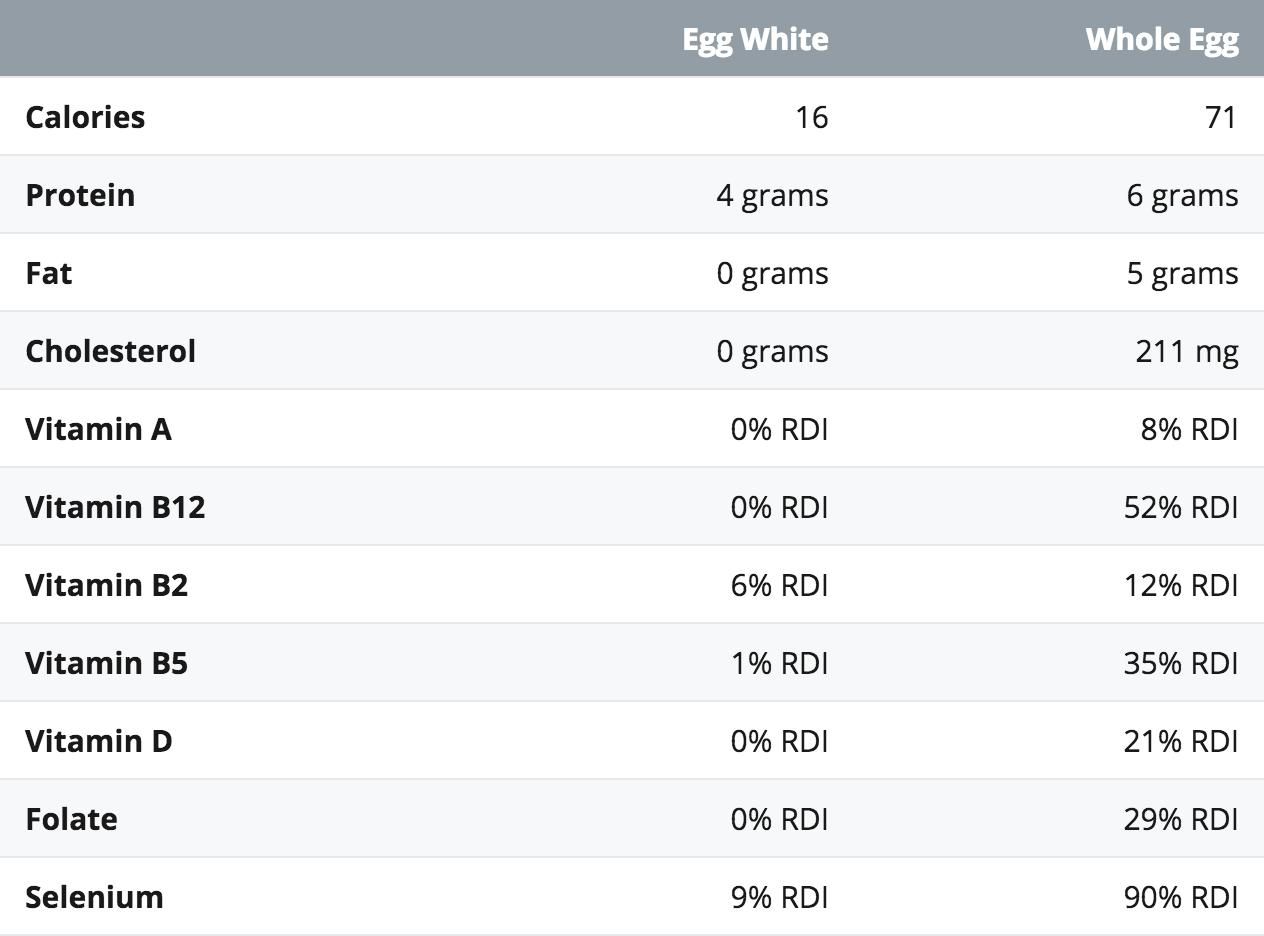– Wasabi, also known as Japanese horseradish, is a popular root vegetable with a unique flavor profile that combines spiciness with a subtle sweetness.
– True wasabi is rare and expensive, with many commercial products being made from a mixture of horseradish, mustard, and food coloring.
– The spiciness of wasabi comes from compounds known as isothiocyanates, which are released when the rhizome (underground stem) of the plant is grated or crushed.
– Wasabi has a Scoville rating of around 30,000 to 50,000, making it relatively mild compared to the hottest chili peppers.
– The most prevalent isothiocyanate in wasabi is allyl isothiocyanate.
– The perception of how hot wasabi is can vary from person to person.
– Tips for enjoying wasabi without overwhelming your taste buds include using real wasabi instead of fake versions, starting with a small amount, mixing it with soy sauce or dipping sauce to mellow the spiciness, chewing food thoroughly to evenly spread the heat, and drinking water or milk for relief.
– Variations of wasabi include the authentic Wasabia japonica plant root paste and other similar flavors in the market.
– Wasabi is a traditional condiment made from the root of the Wasabia japonica plant.
– True wasabi has a smooth and nuanced flavor.
– Commercially available wasabi products often use a blend of horseradish, mustard, and green food coloring as a substitute for true wasabi.
– Wasabi powder is made from dehydrated and ground horseradish, mustard, and sometimes other ingredients. It is more accessible and affordable than real wasabi.
– Wasabi peas are a popular snack that is coated with a wasabi-flavored glaze.
– Wasabi mayonnaise is a fusion variation that mixes wasabi paste or powder with mayonnaise.
– Wasabi soy sauce is made by adding wasabi paste or powder to soy sauce.
– The intensity of the wasabi flavor can vary, so adjust the amounts to suit personal preference.
– Wasabi can be paired with sushi, sashimi, tempura, and rice dishes to add a spicy and flavorful element to the food.
– Wasabi is known for its health benefits and unique flavor profile.
– The Scoville scale measures the heat or spiciness of chili peppers and other spicy ingredients.
– Fresh wasabi has a Scoville rating of around 30,000 to 50,000 Scoville heat units.
– The heat in wasabi comes from isothiocyanates, with allyl isothiocyanate being the most prevalent compound.
– The perception of how hot wasabi is varies from person to person.
– Factors such as taste preferences, tolerance for spicy foods, and sensitivity to pungent flavors can influence how hot wasabi feels.
– Traditional wasabi is made from the grated root of the Wasabia japonica plant, but there are variations of wasabi in the market.
– True wasabi has a smoother and more nuanced flavor compared to other variations.
– Horseradish-based wasabi can be quite spicy and closely resembles the pungency of real wasabi.
– Wasabi powder is made from dehydrated and ground horseradish, mustard, and sometimes other ingredients. It is reconstituted with water to form a paste similar to the traditional version.
– Wasabi powder is more accessible and affordable than real wasabi.
– Wasabi peas are a popular snack made by coating green peas with a wasabi-flavored glaze.
– Wasabi mayonnaise is a fusion variation that mixes wasabi paste or powder with mayonnaise, often used as a dressing or dip.
– Wasabi soy sauce is made by adding wasabi paste or powder to soy sauce, providing a spicy kick to the dipping sauce used with sushi and sashimi.
– Intensity of the wasabi flavor can vary, so adjust amounts to personal preference.
– Pairing wasabi with different foods can enhance the dining experience.
– Wasabi is commonly paired with sushi, sashimi, tempura, and rice dishes.
– Wasabi can be added to rice dishes, noodle dishes, meat dishes, and cheese and crackers for a zesty flavor twist.
– Wasabi contains bioactive compounds called isothiocyanates, which have antioxidant and anti-inflammatory properties.
– These compounds can help neutralize free radicals, reduce oxidative stress and inflammation, and potentially have anti-cancer effects.
– Wasabi’s pungent flavor can stimulate salivary and gastric secretions, aiding food digestion.
– Isothiocyanates in wasabi may promote heart health by reducing blood pressure, improving blood flow, and lowering the risk of cardiovascular diseases.
– The antioxidants in wasabi can boost the immune system and protect against infections.
– Wasabi’s spiciness can have a decongestant effect, alleviating nasal congestion and respiratory issues.
– Moderation is emphasized for both culinary enjoyment and potential health advantages.
Continue Reading
